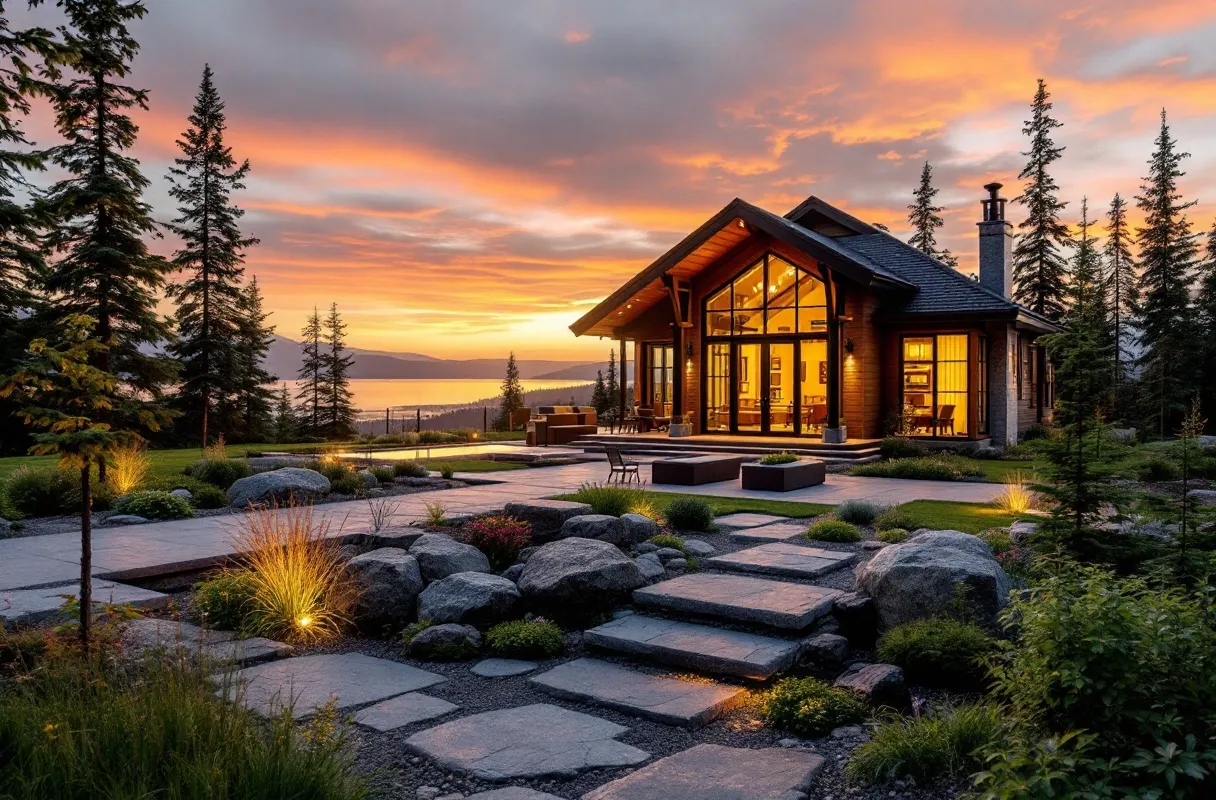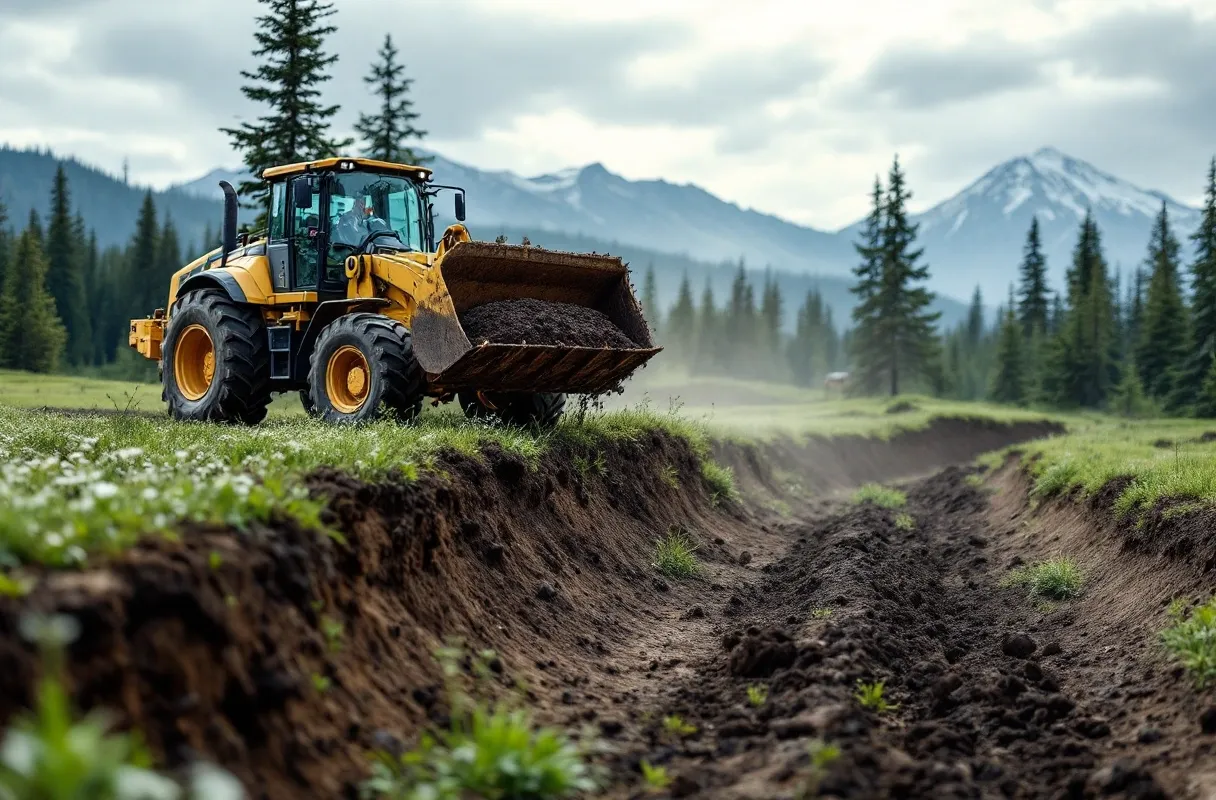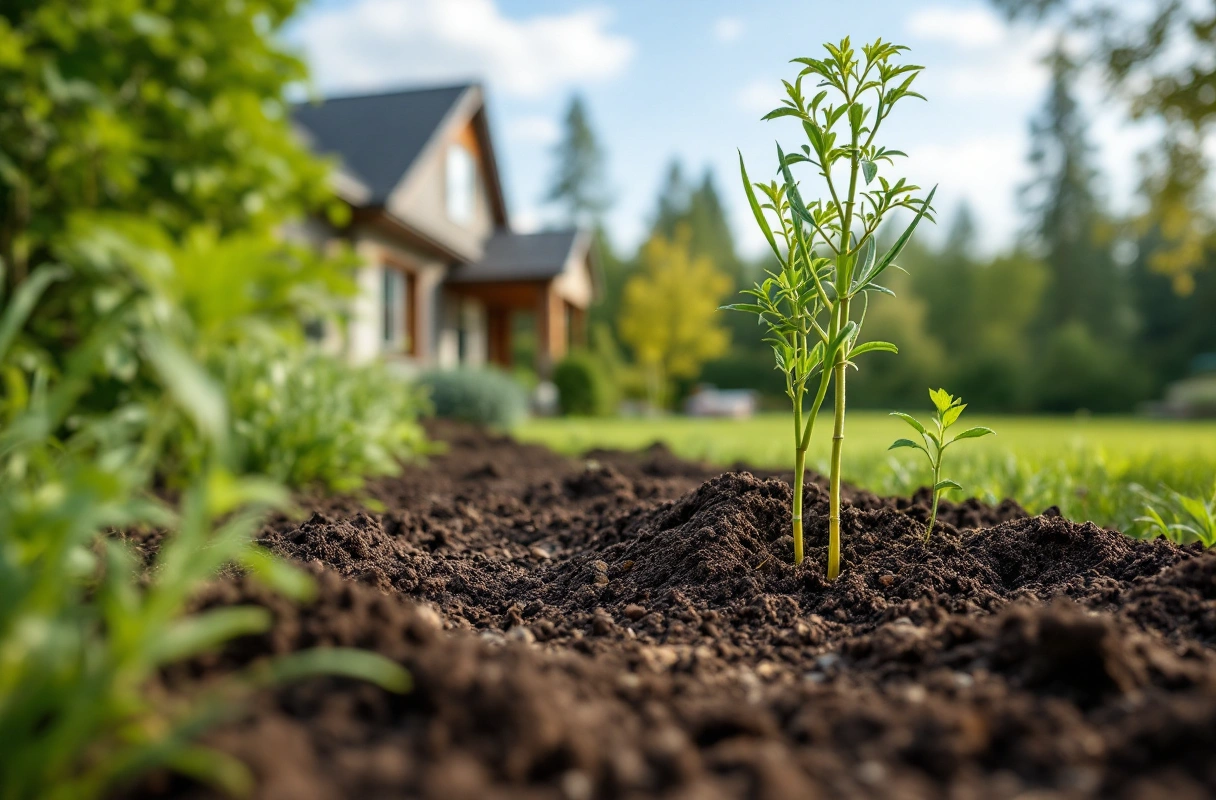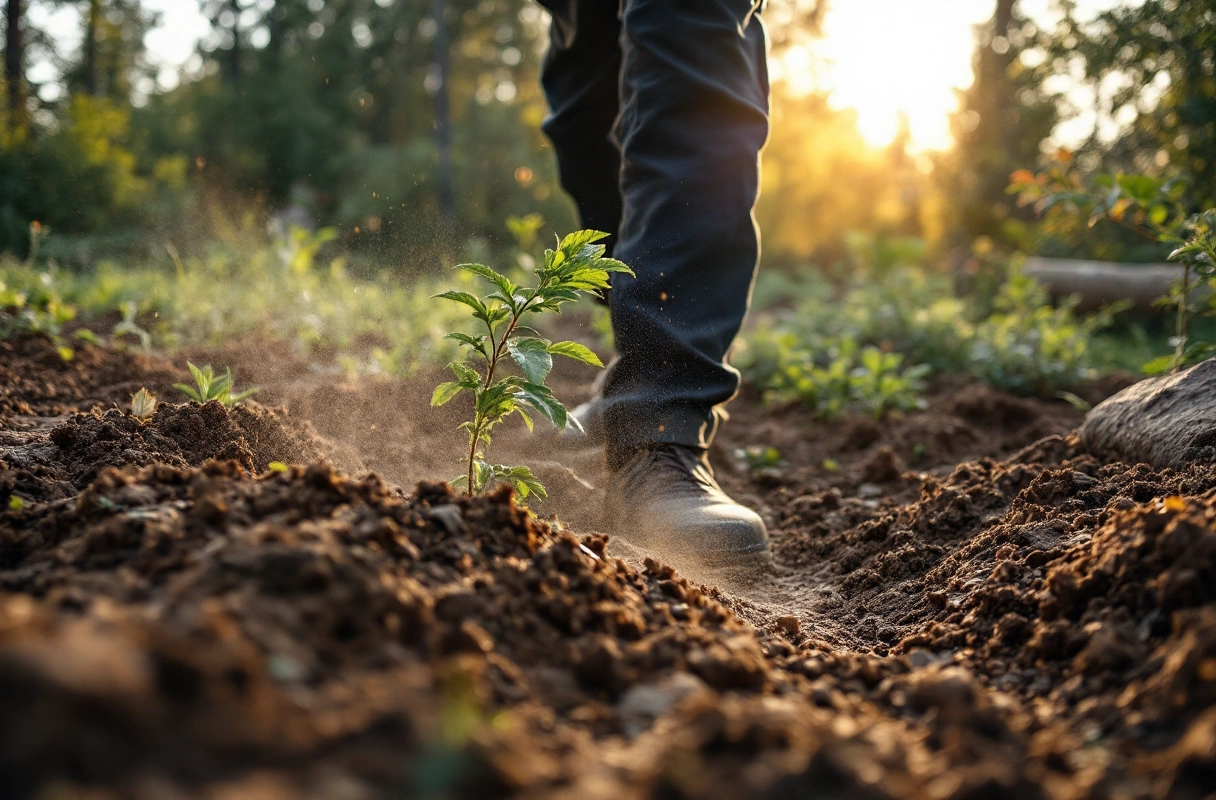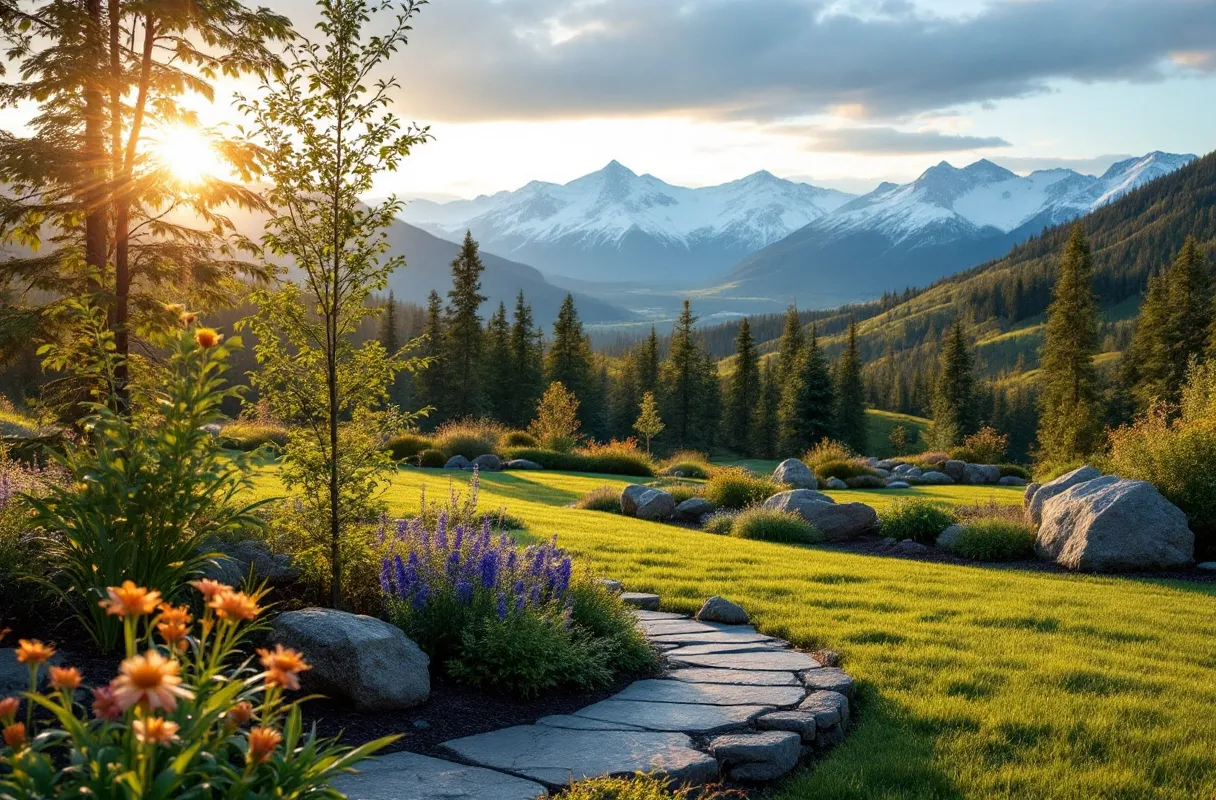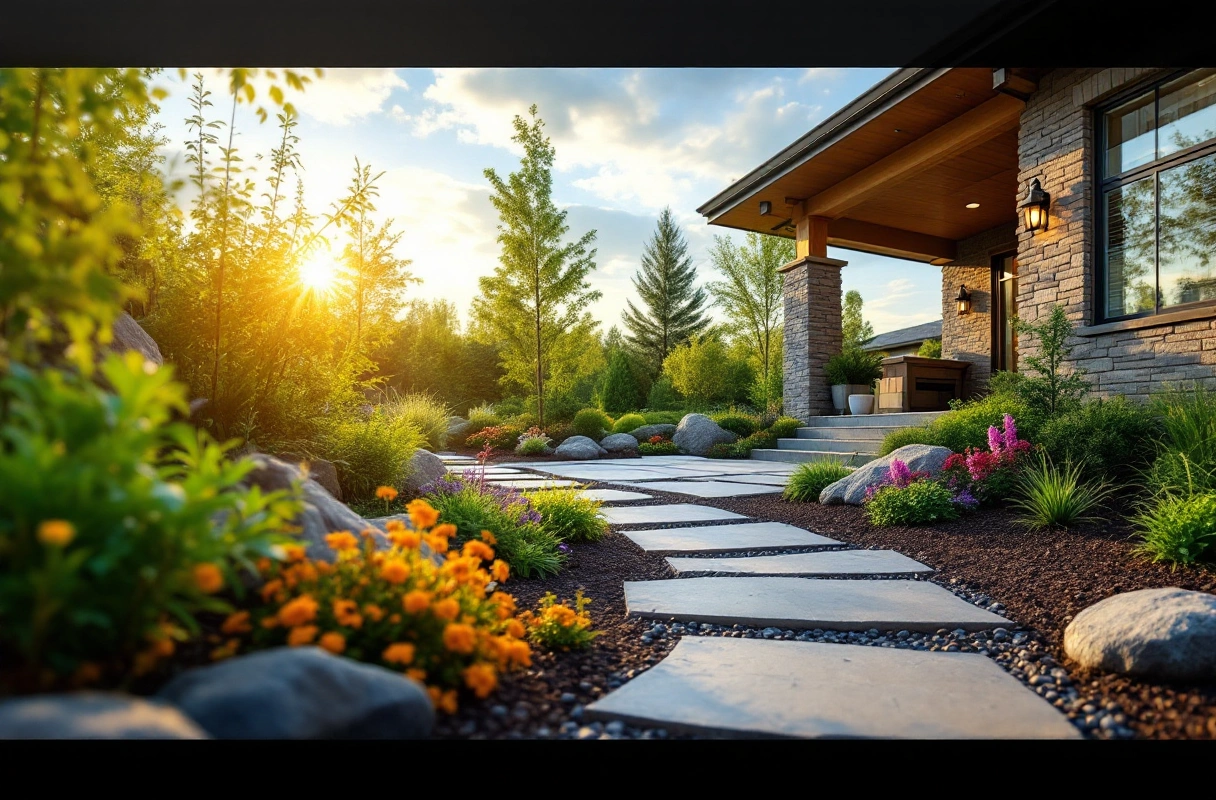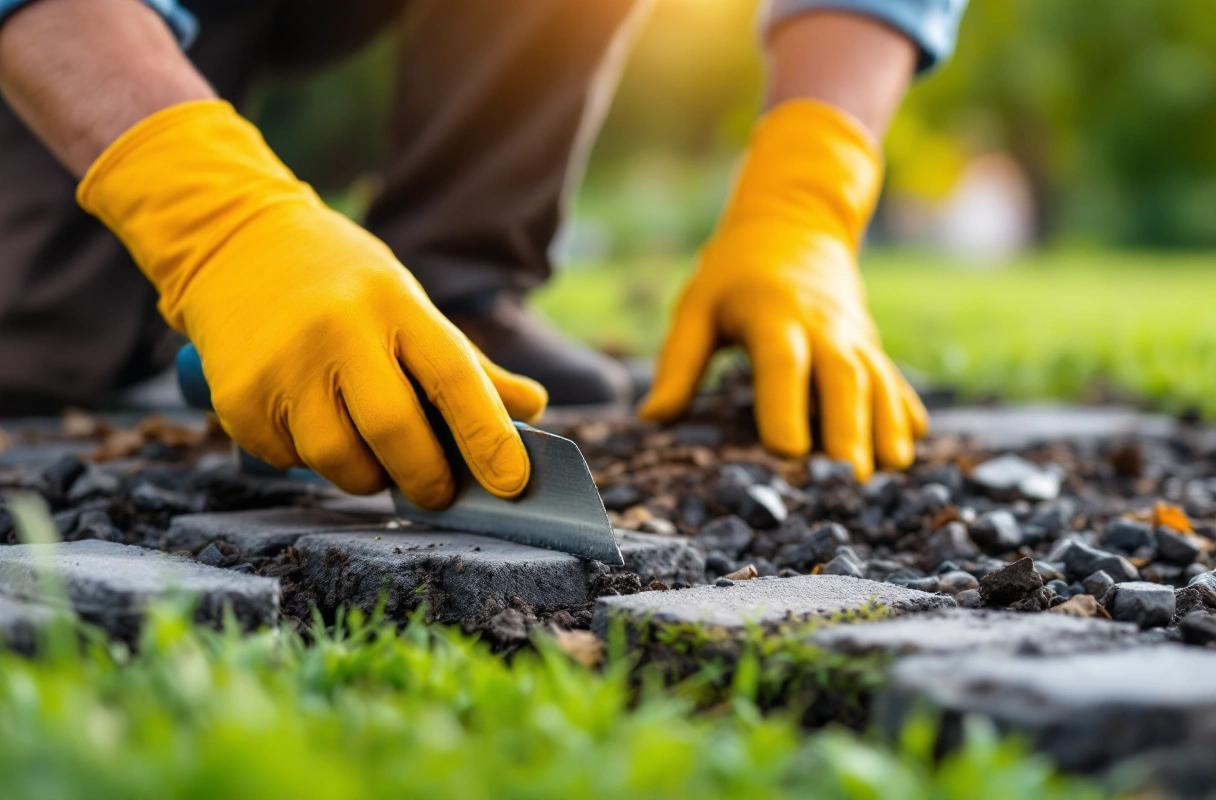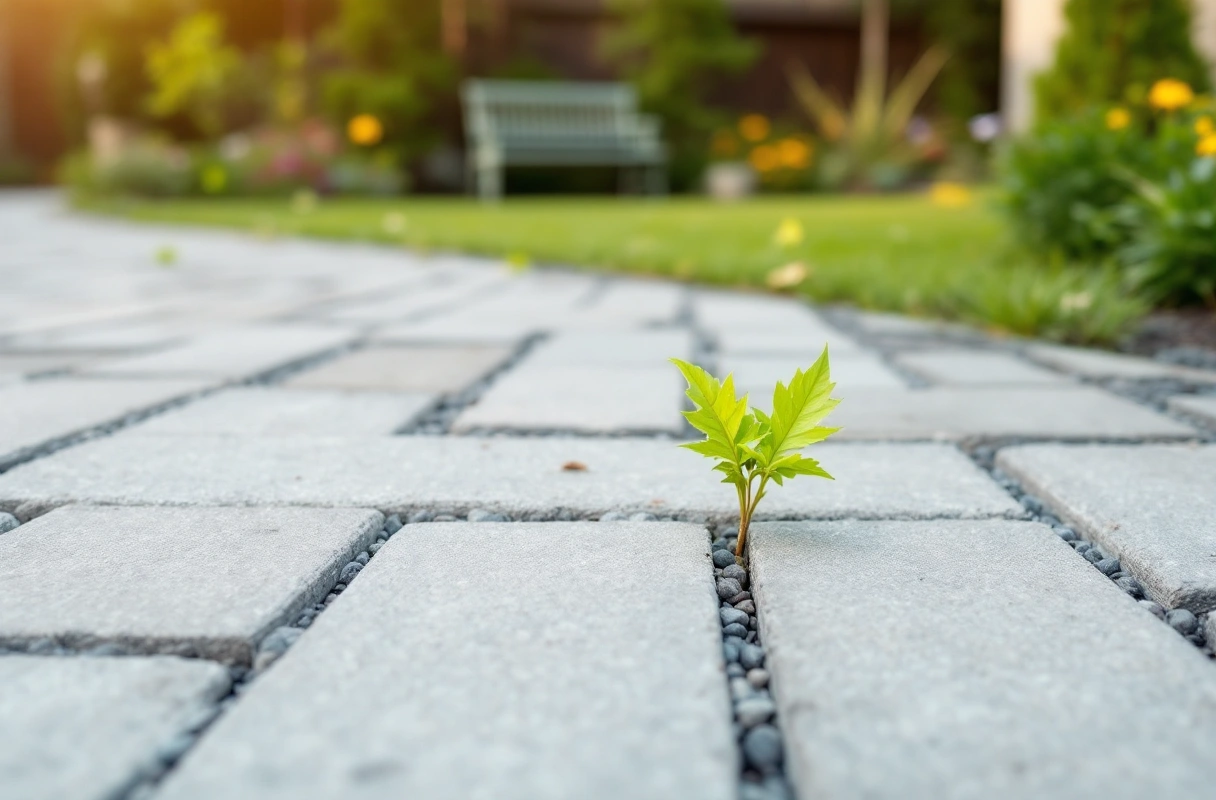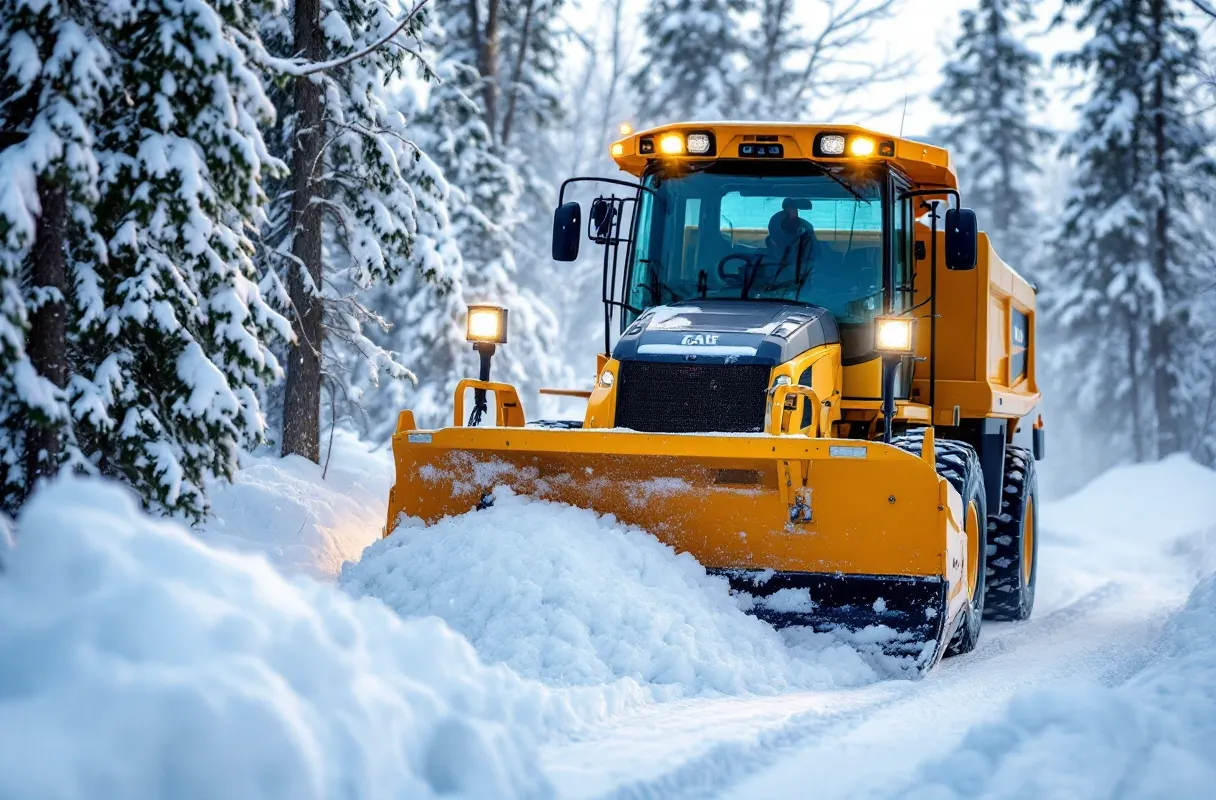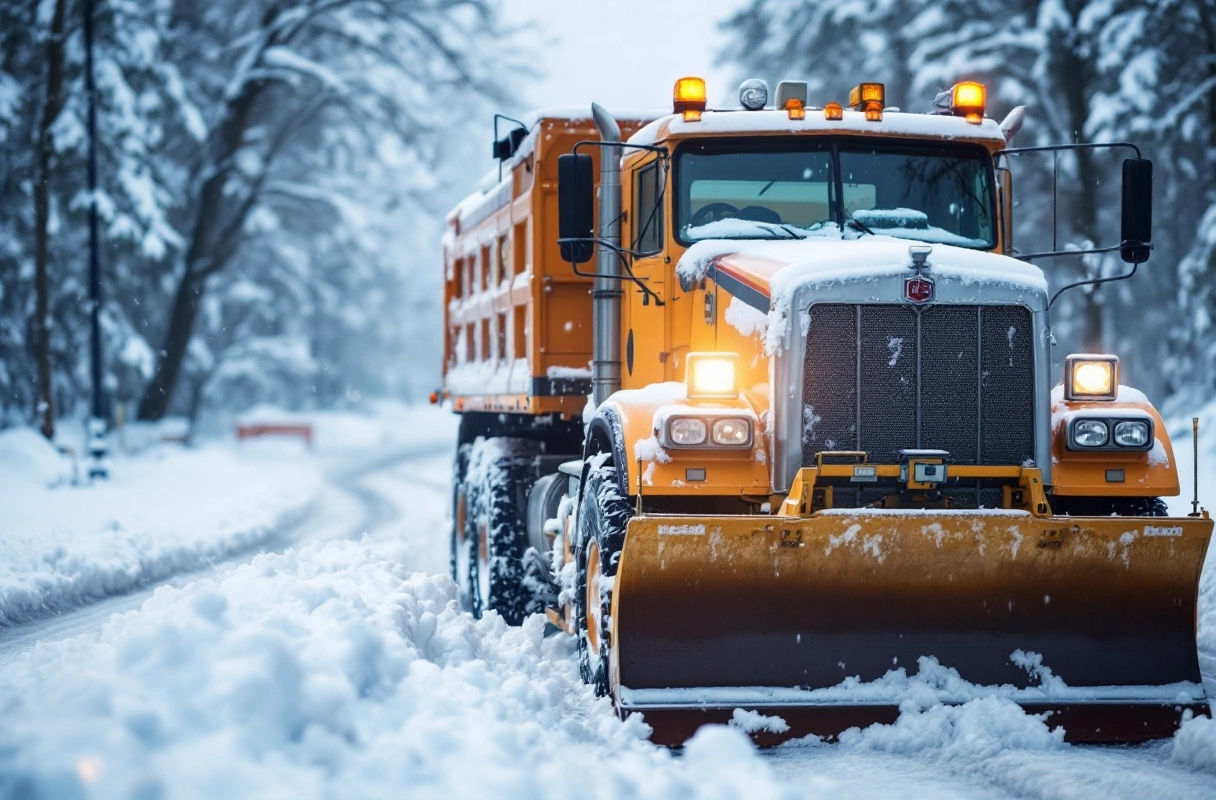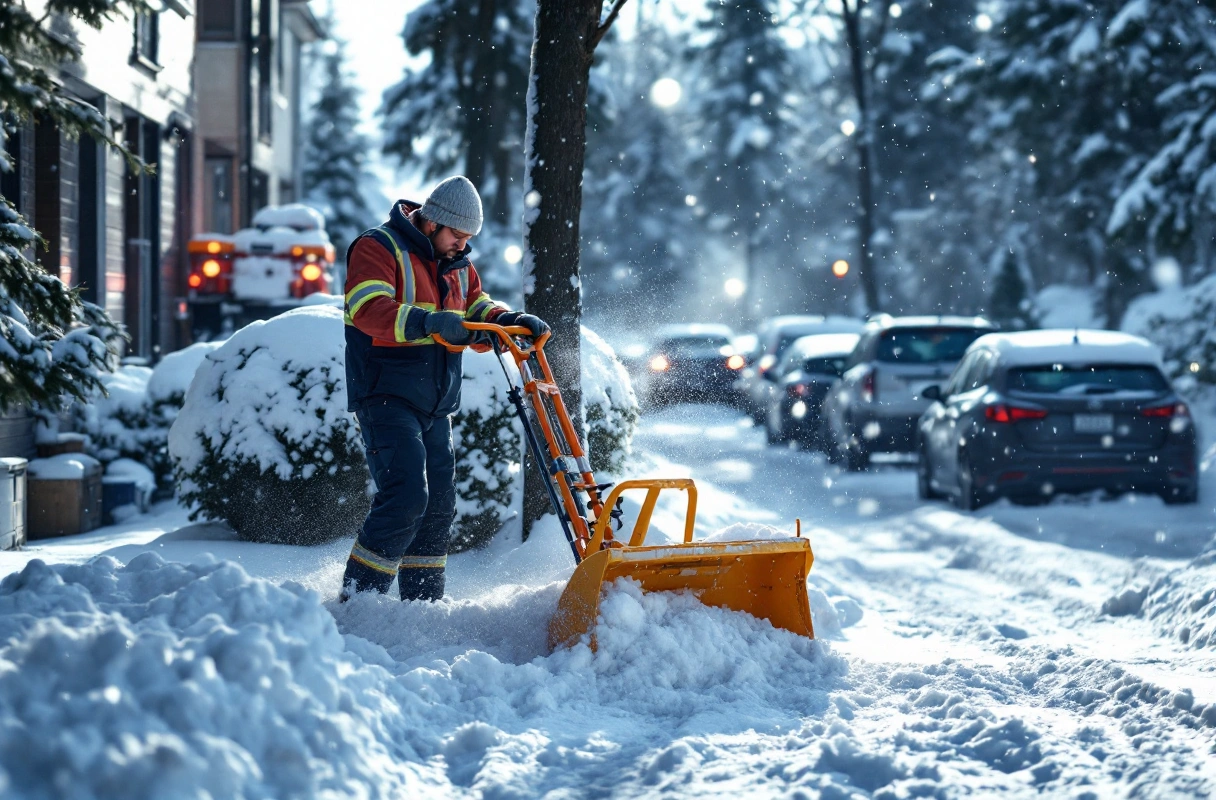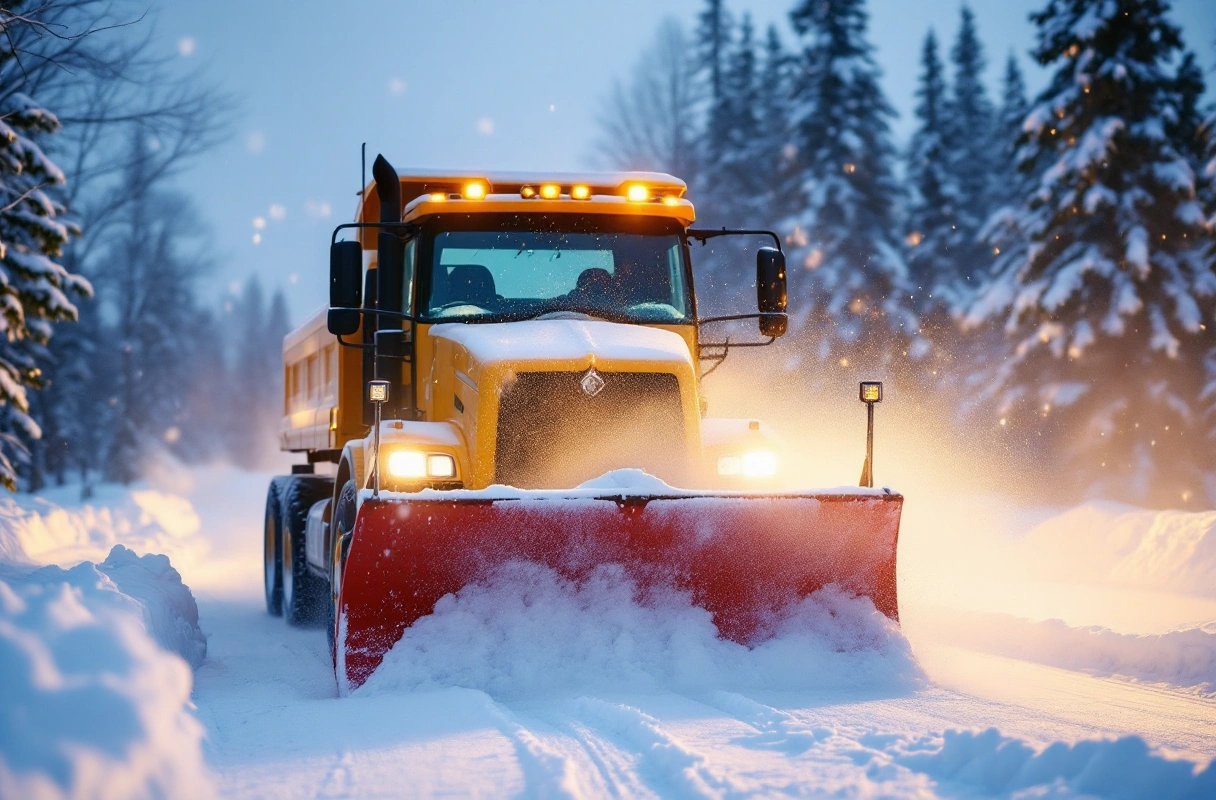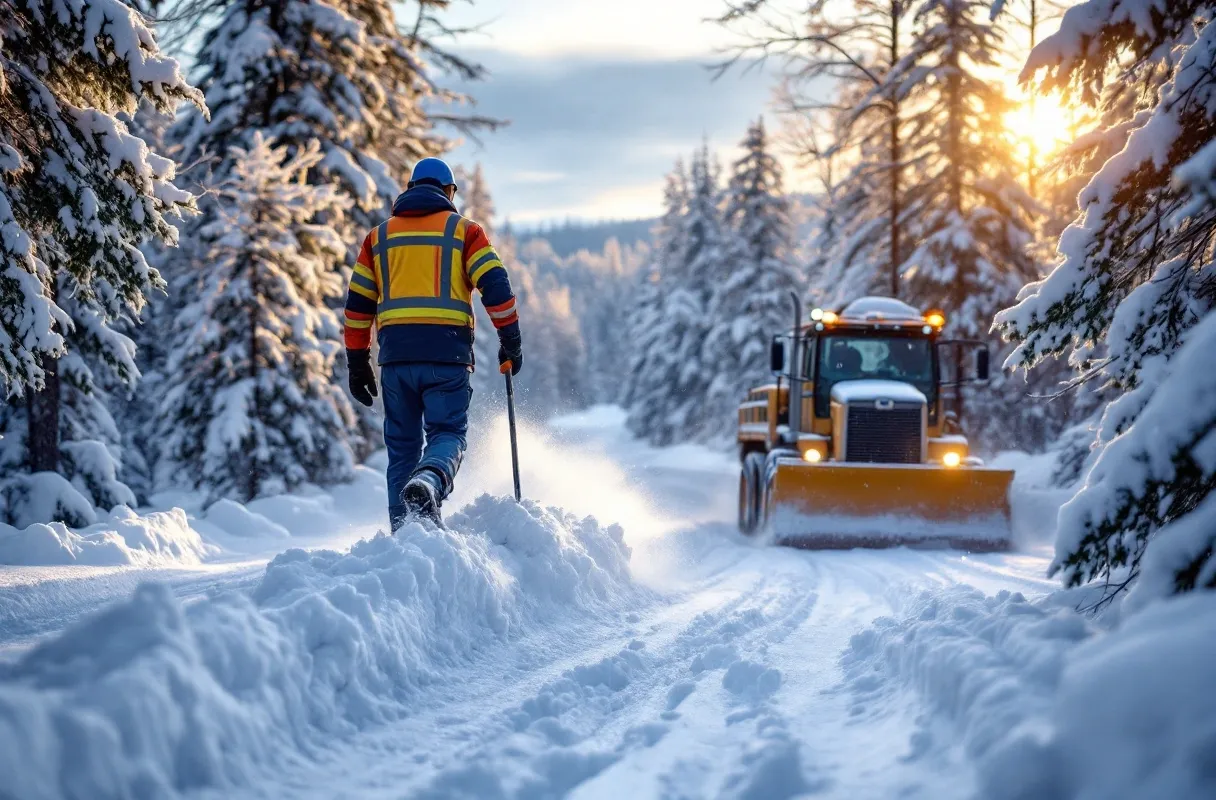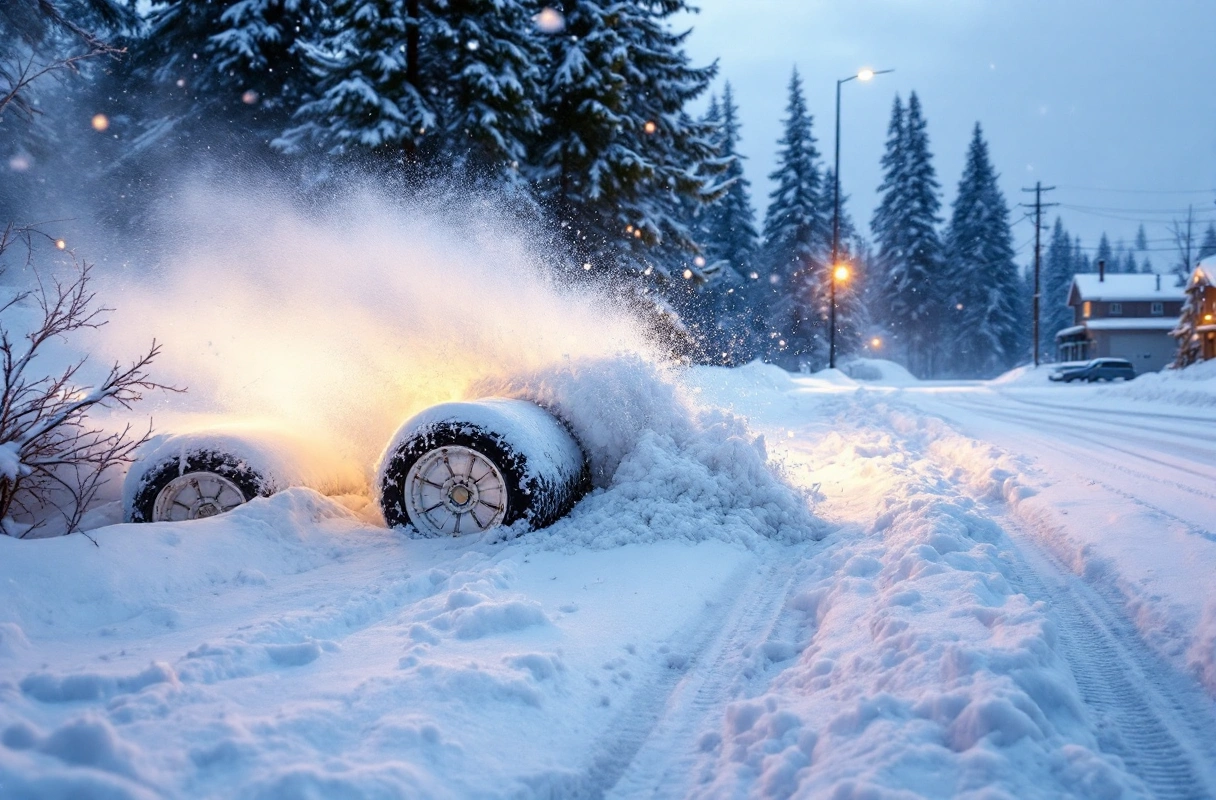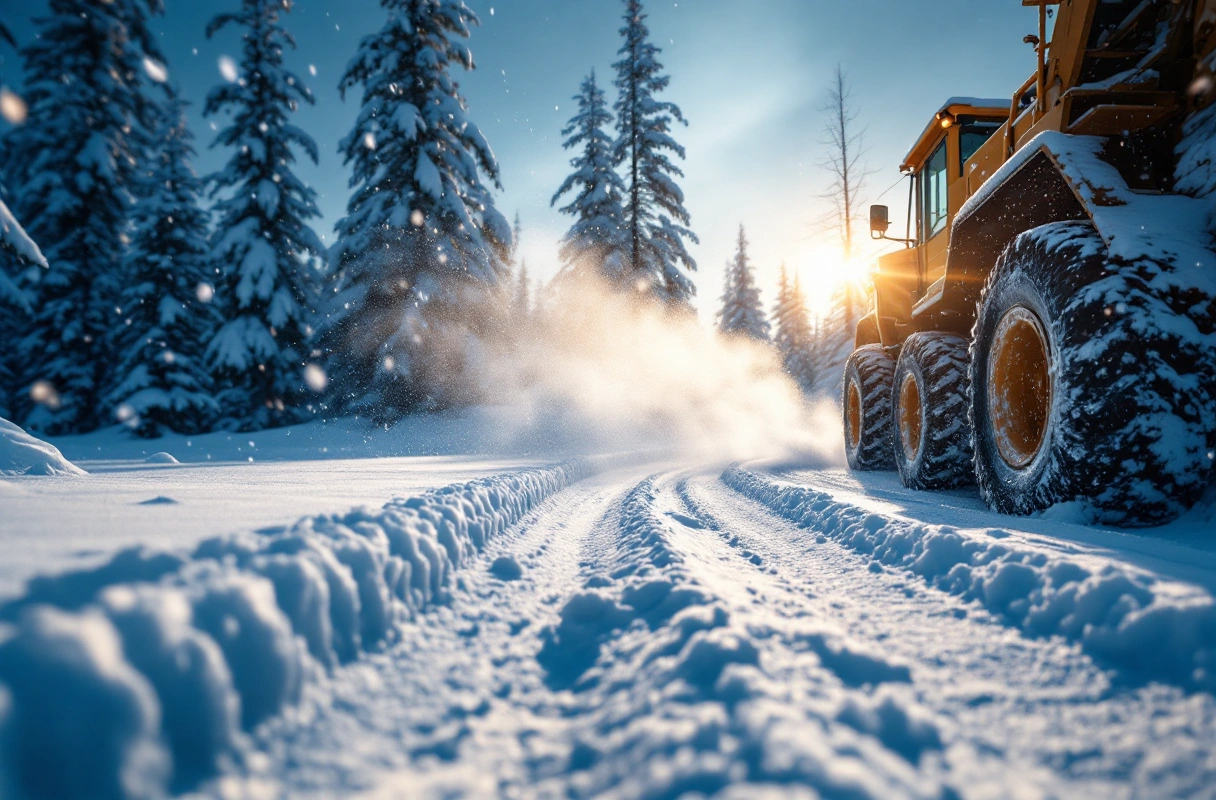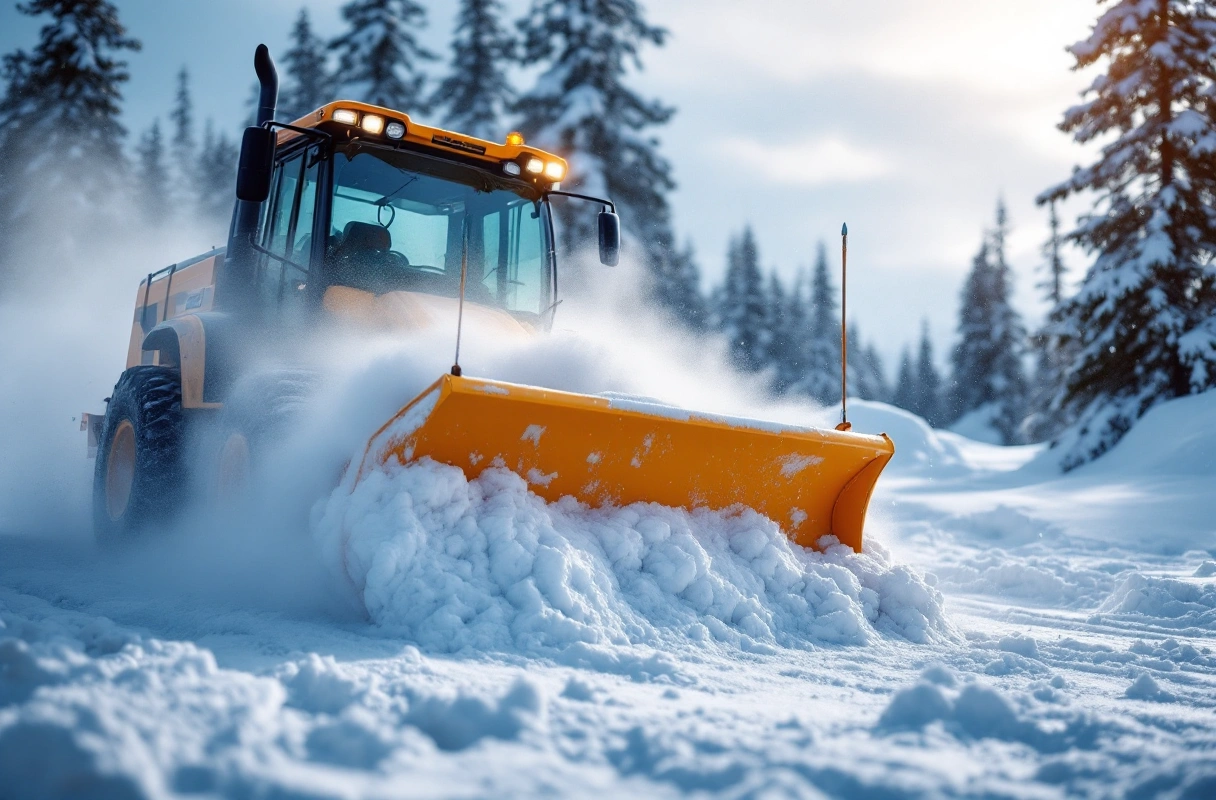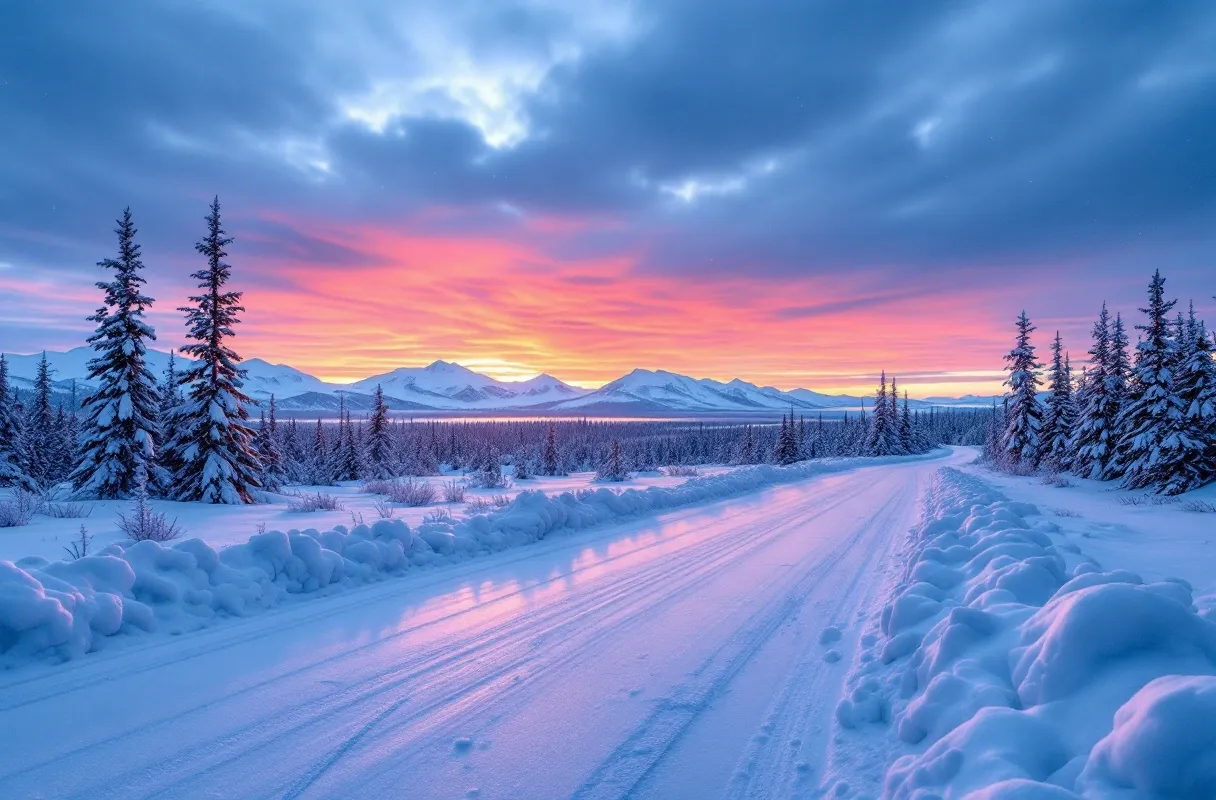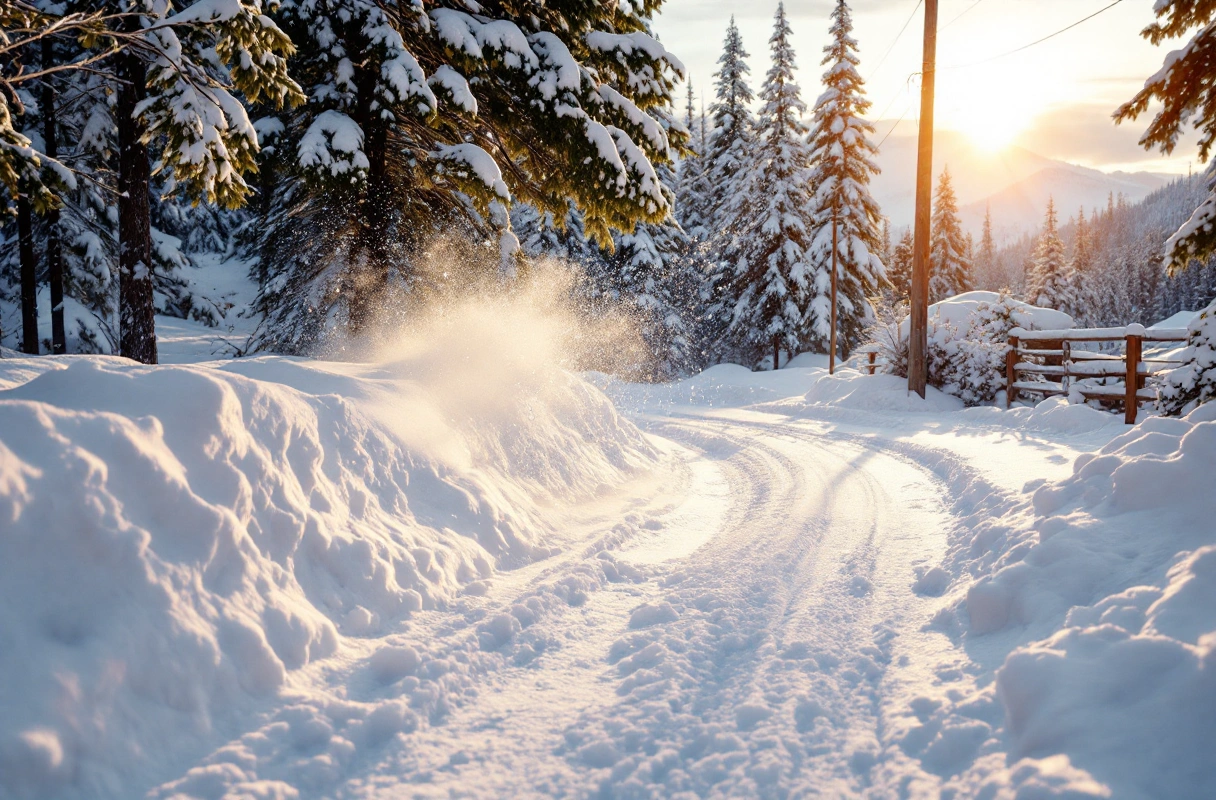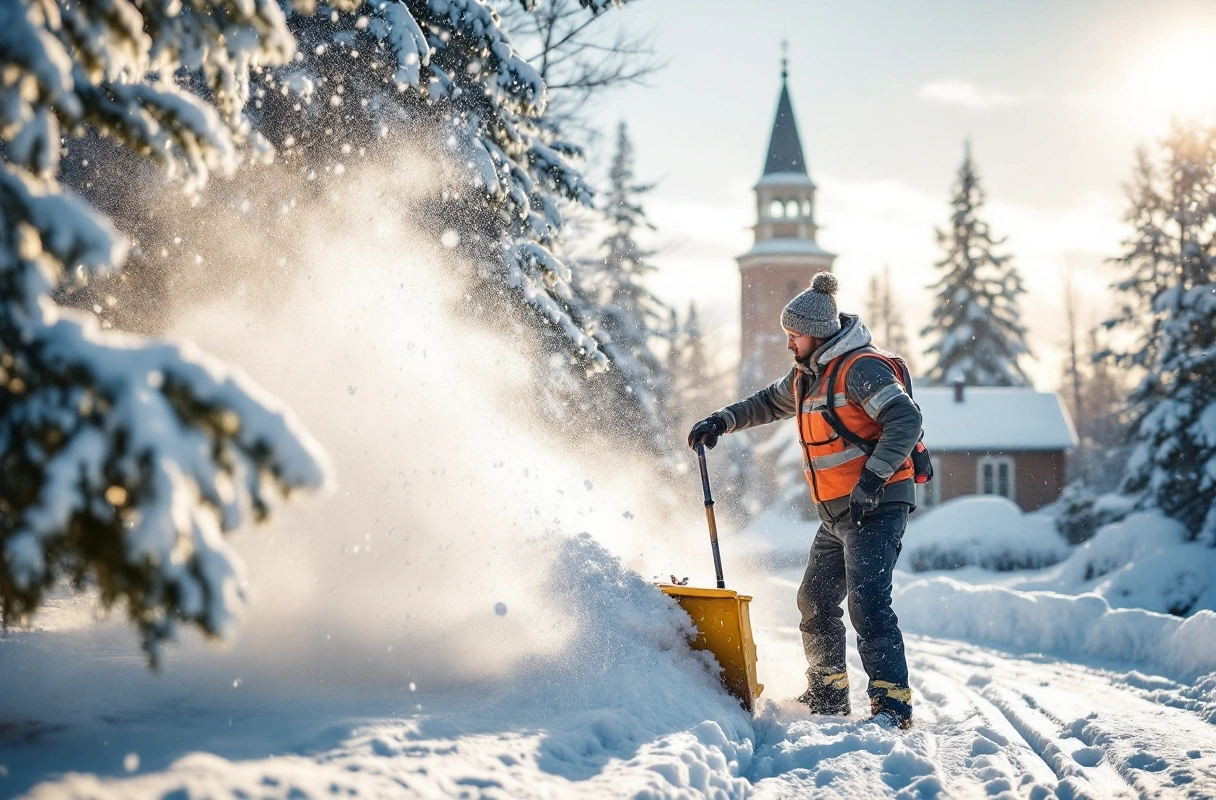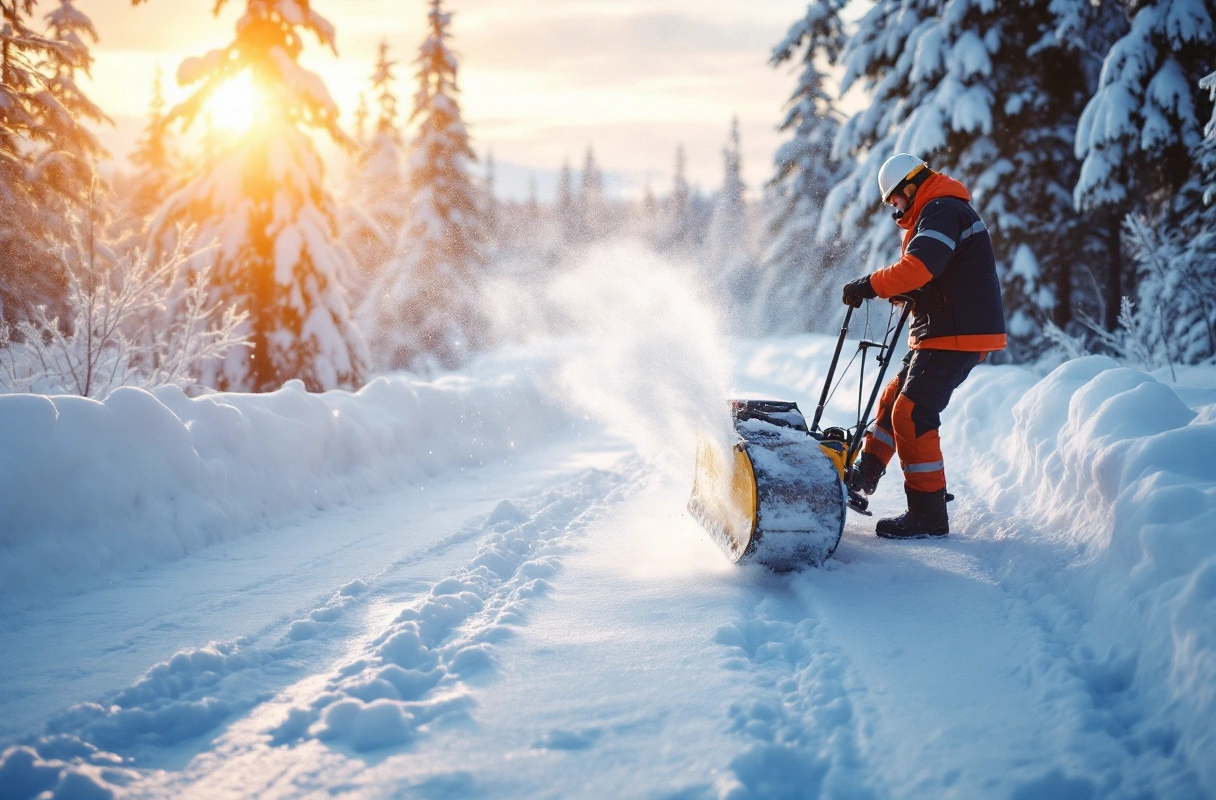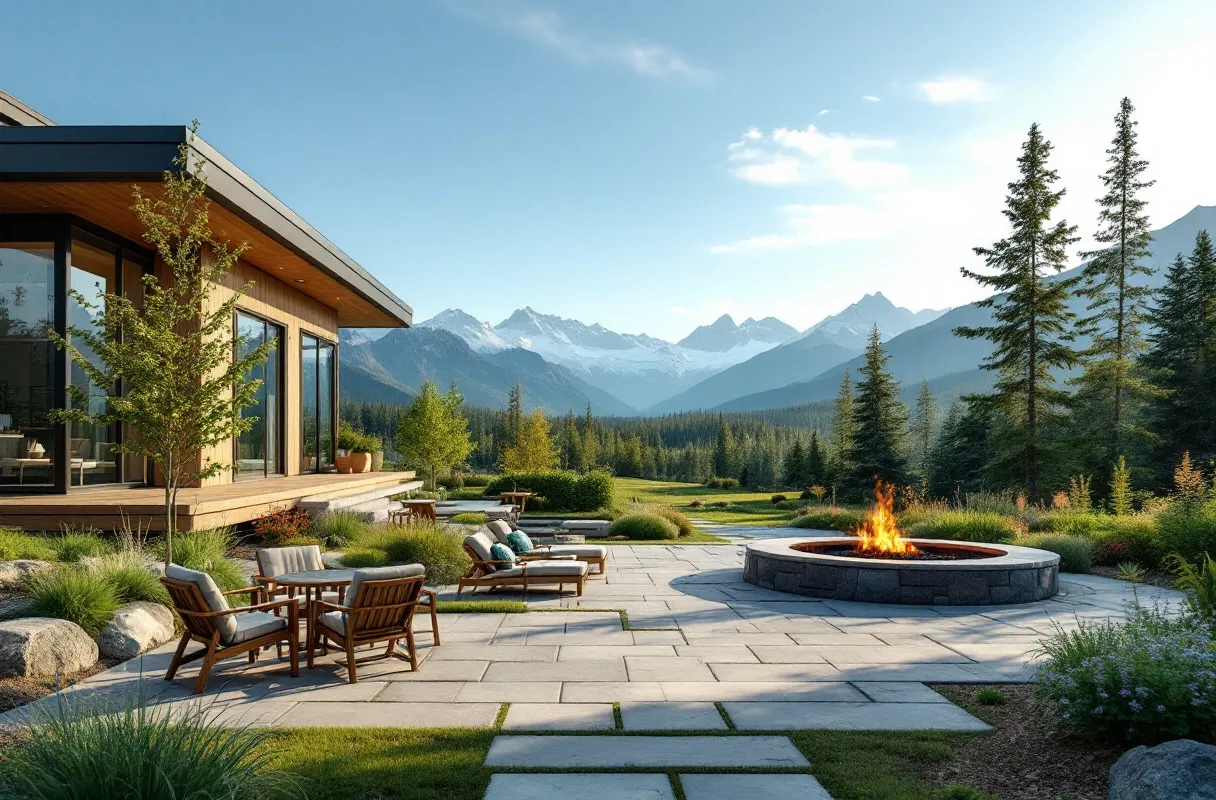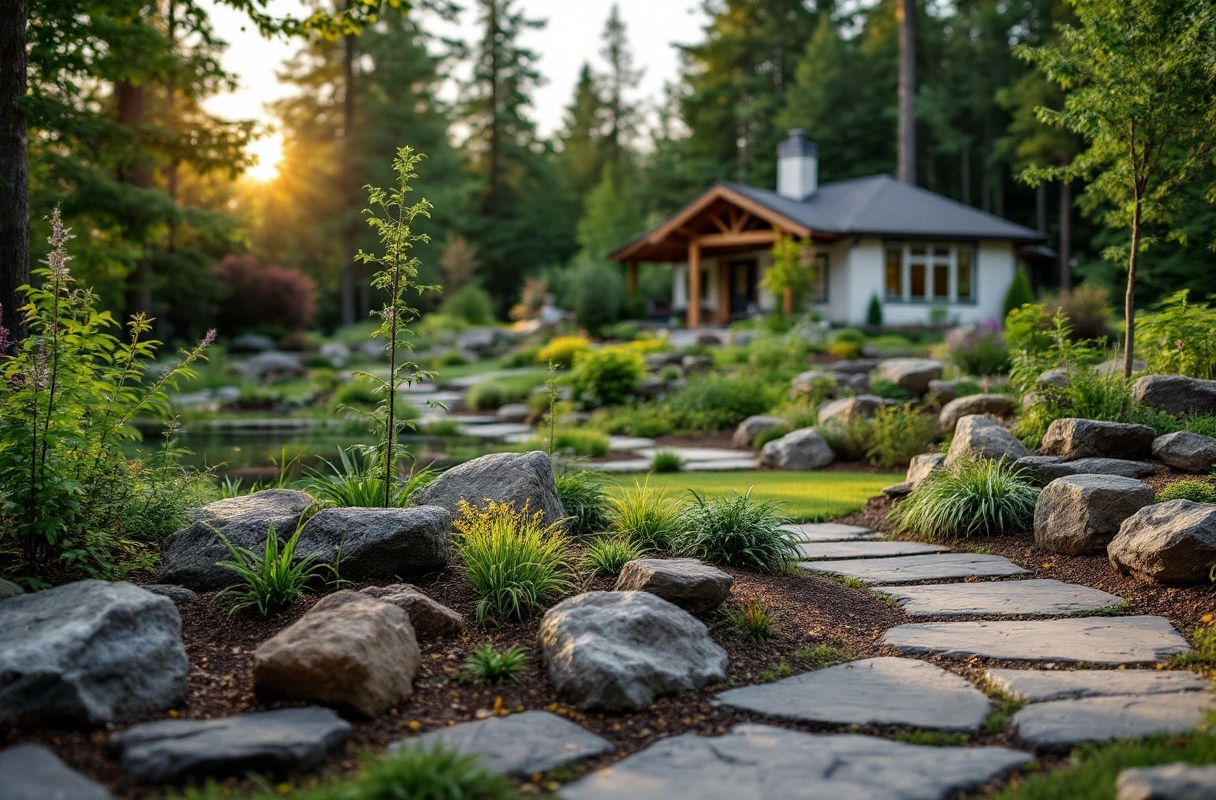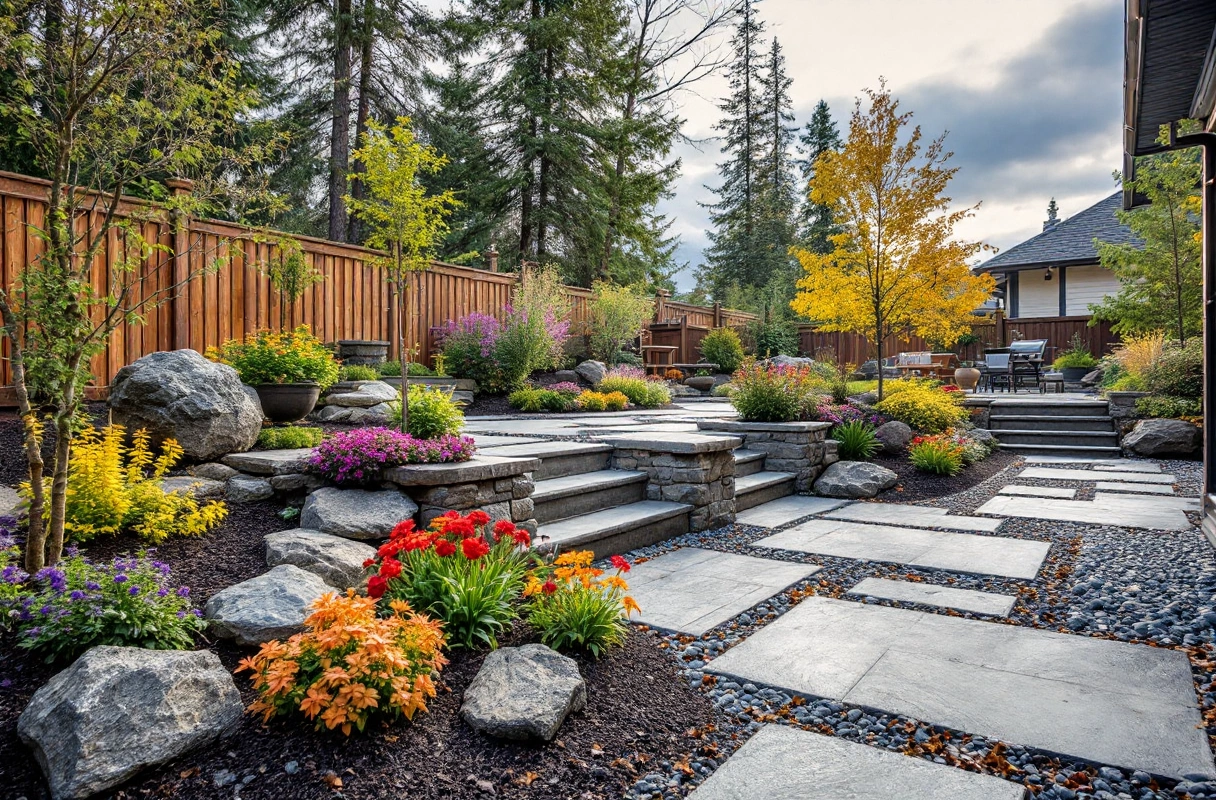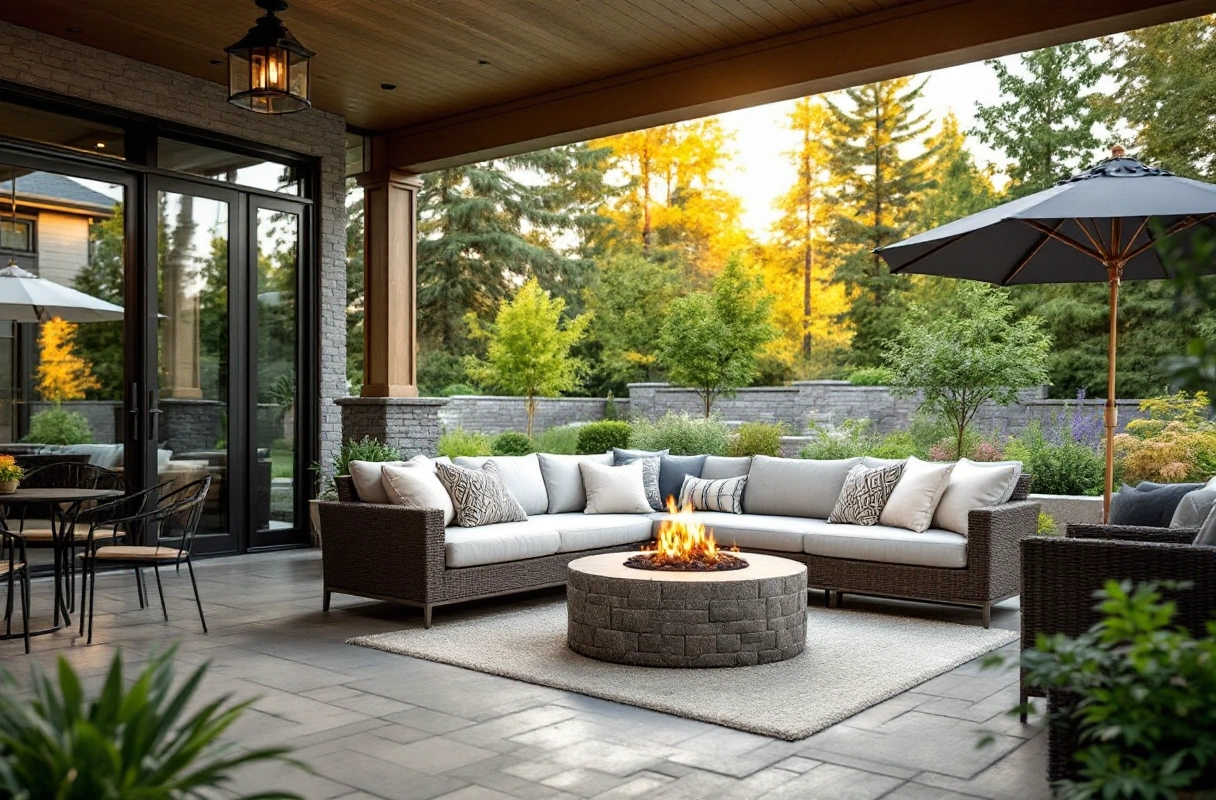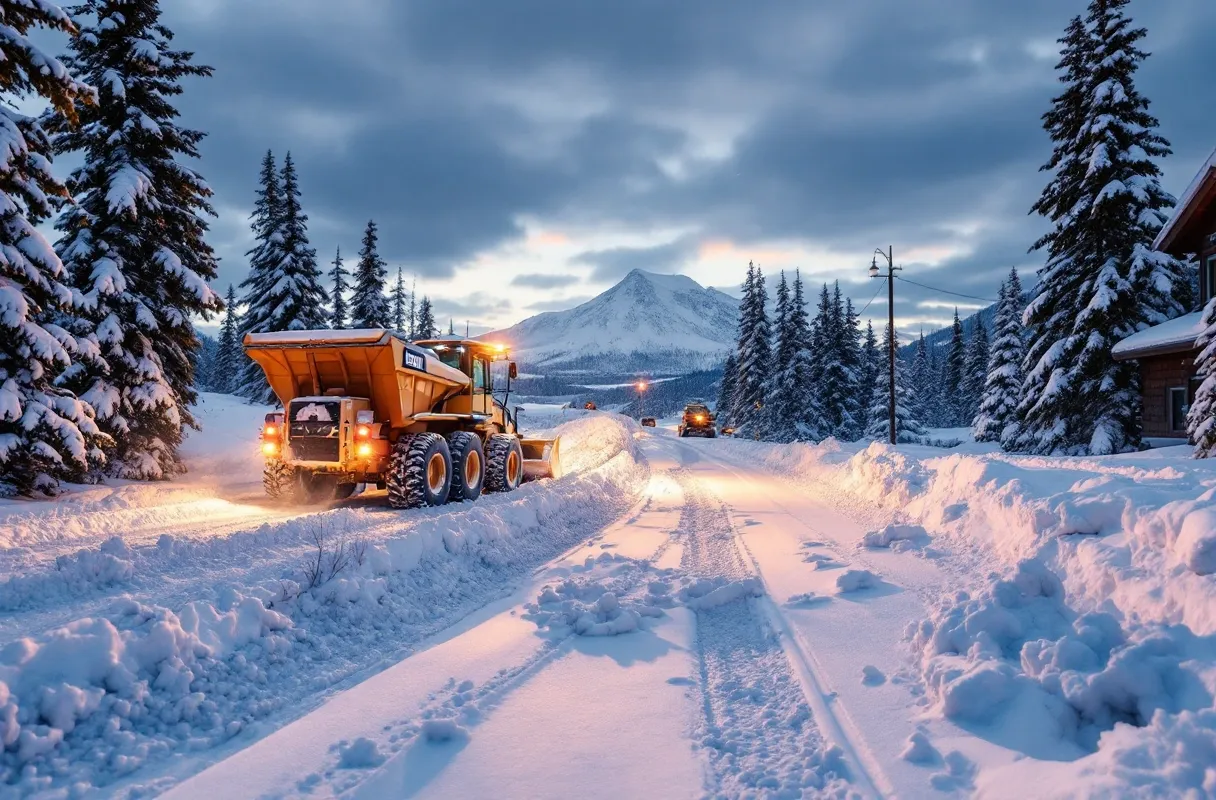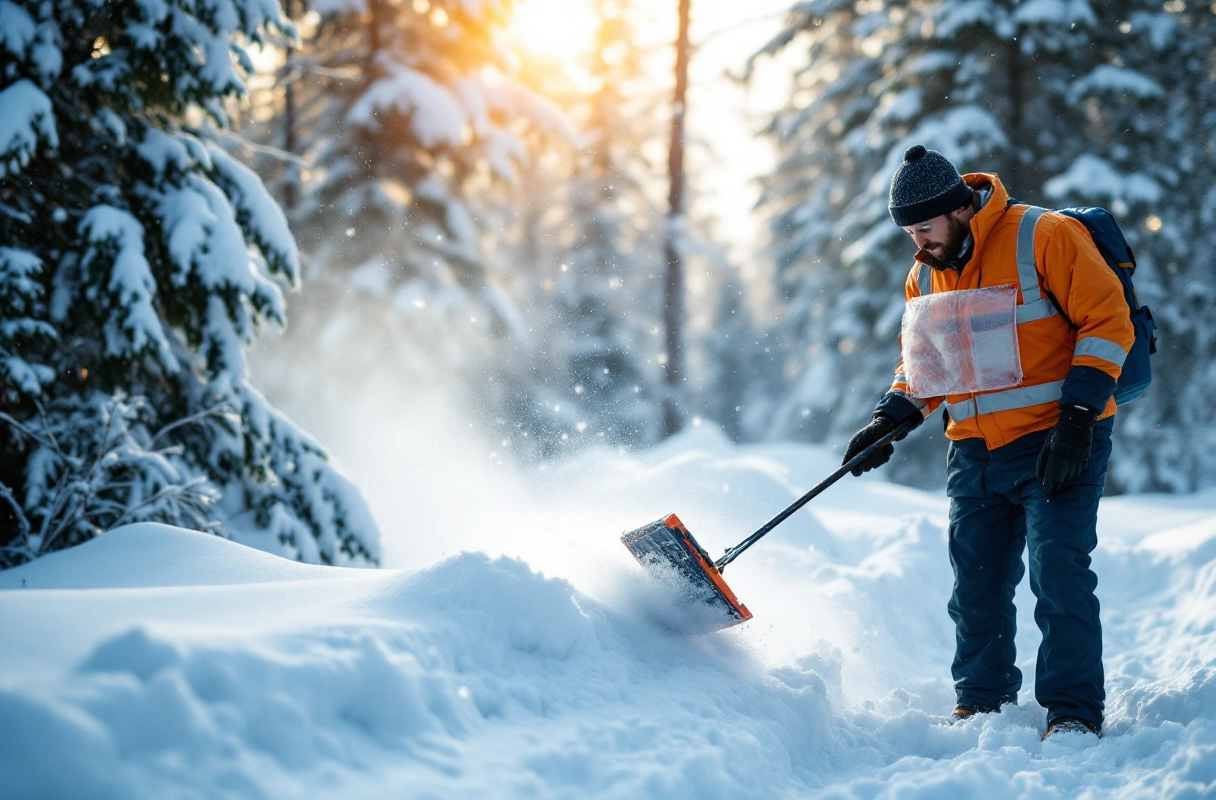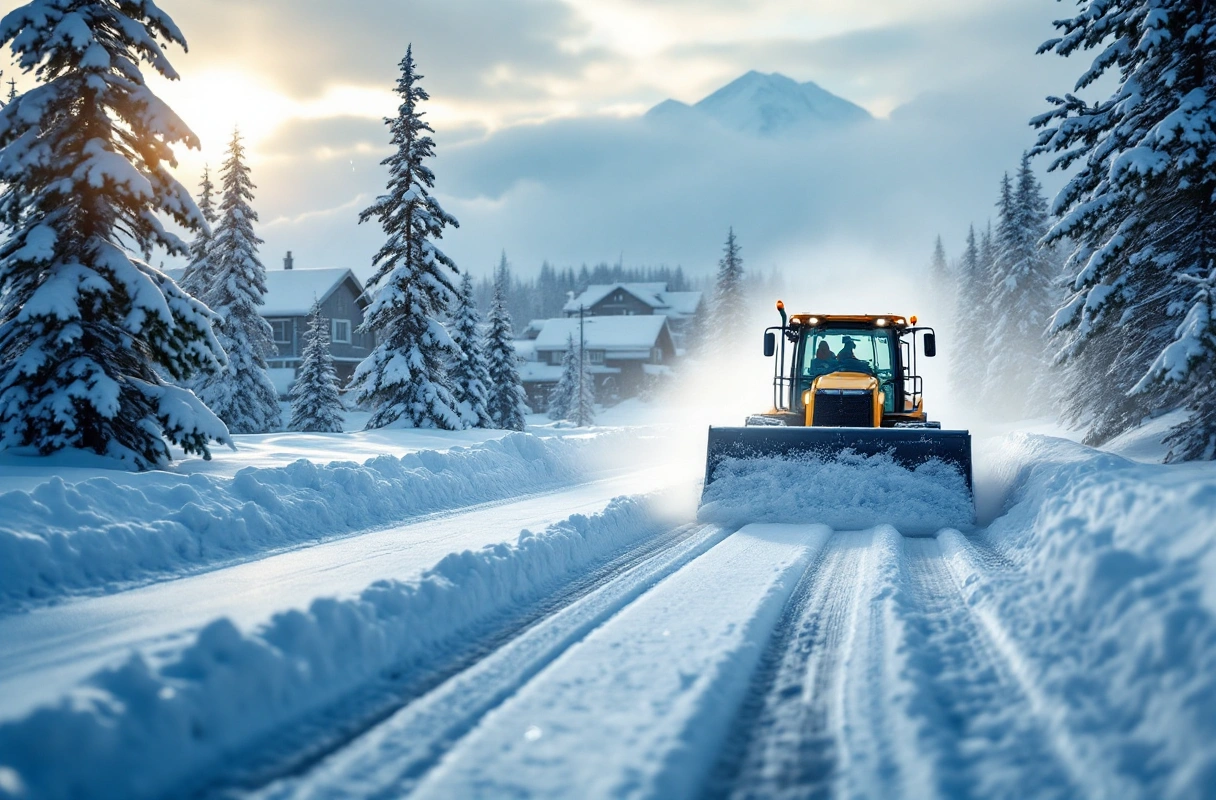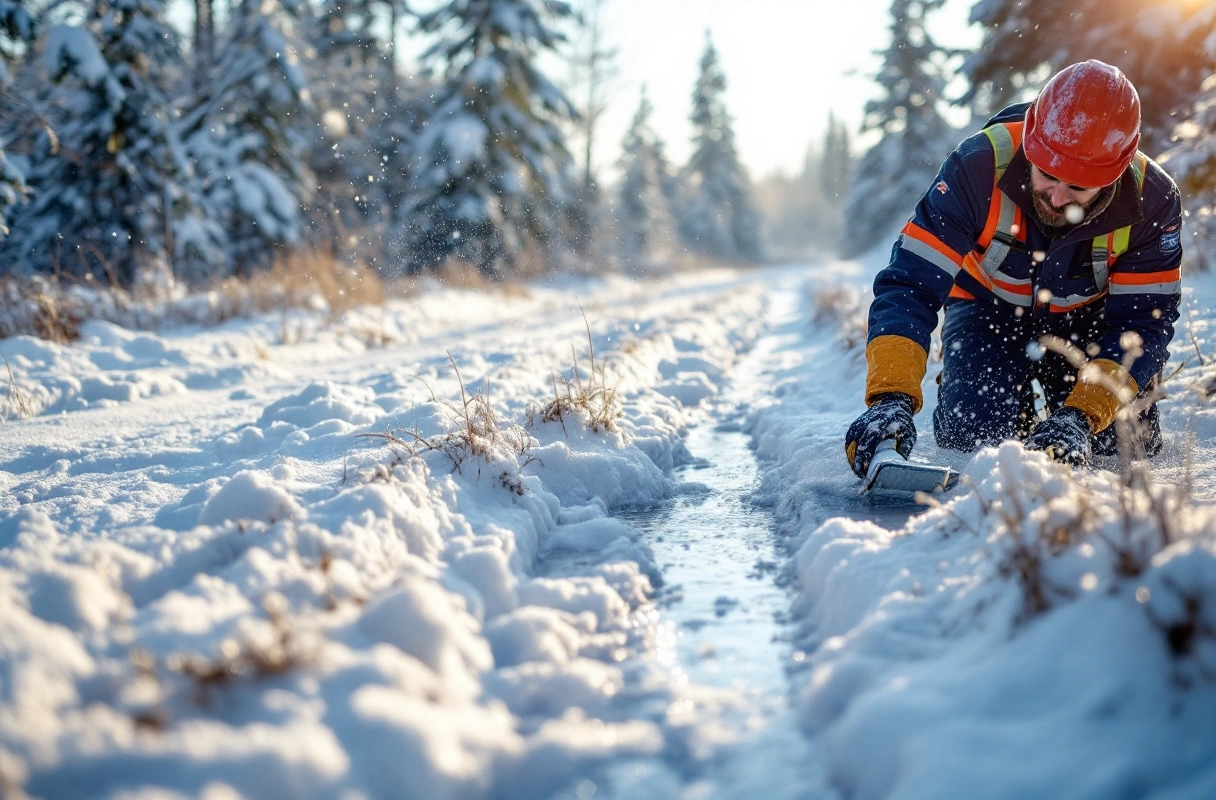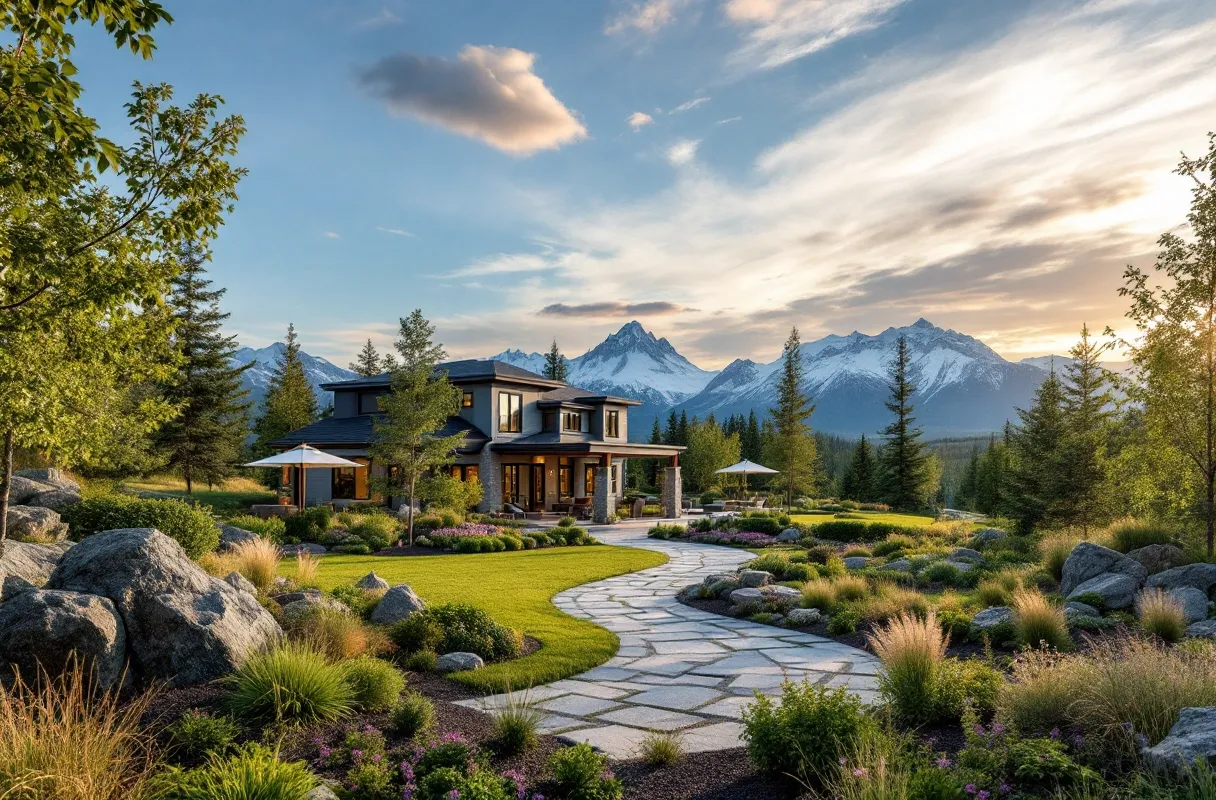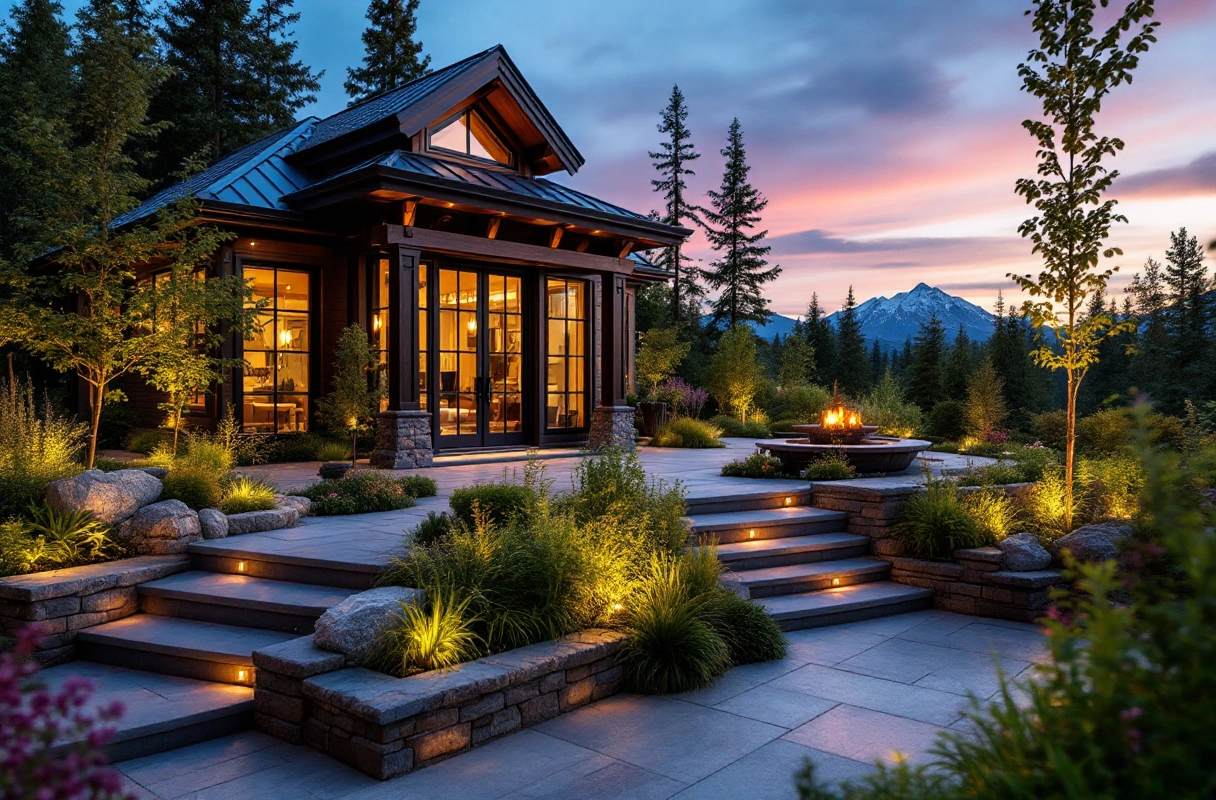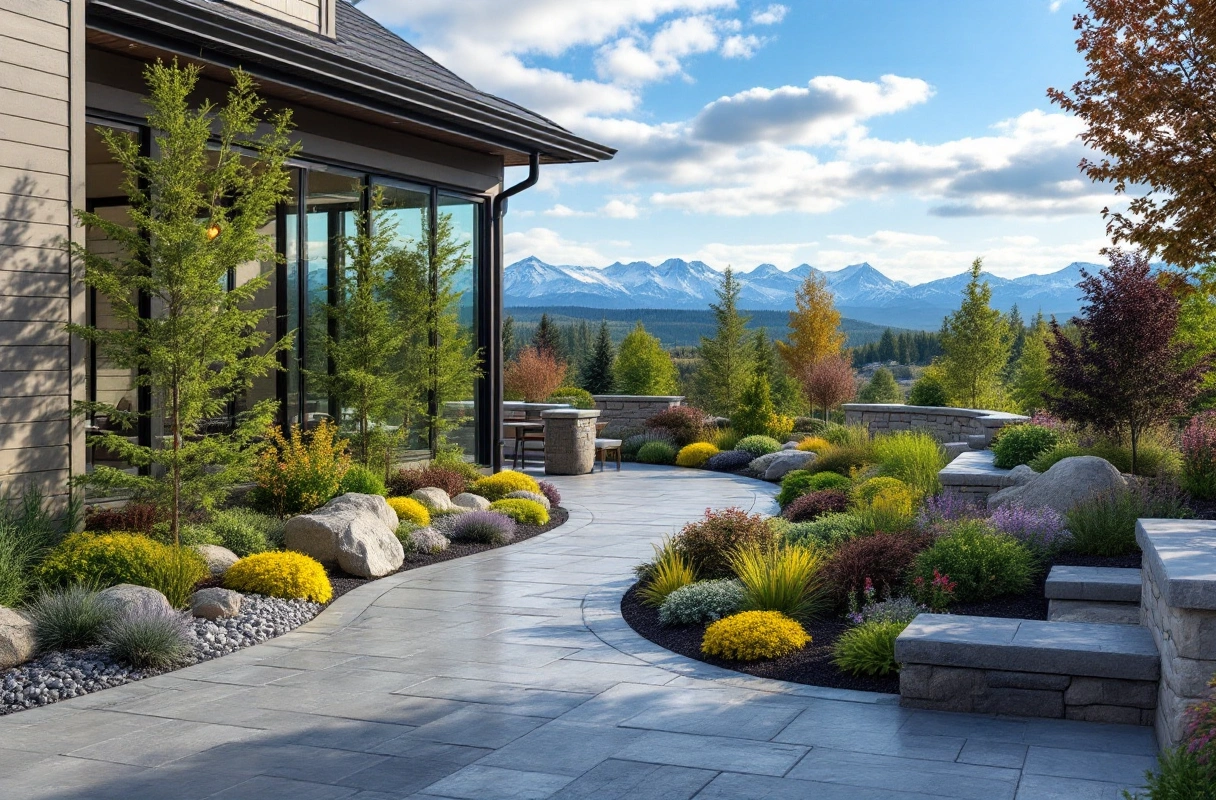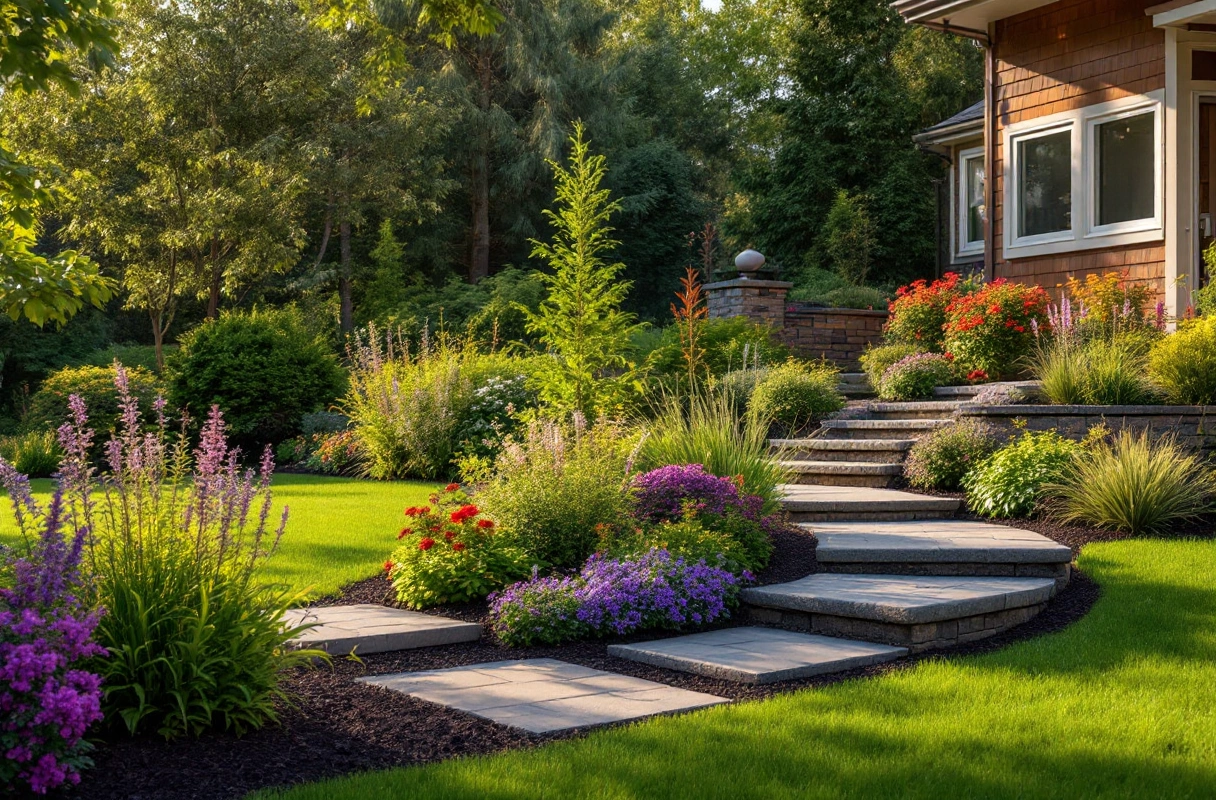How Snow and Ice Management Services in Anchorage Ensure Safety
As winter approaches in Anchorage, the need for effective snow and ice management services becomes paramount. With heavy snowfall and icy conditions being a common occurrence, ensuring the safety of residential properties is crucial. Not only do these services help maintain accessibility to homes, but they also play a significant role in preventing accidents that can arise from slippery sidewalks and driveways. In this article, we will explore how snow and ice management services in Anchorage operate, the importance of these services, and provide valuable tips for homeowners to manage snow removal effectively.
Understanding Snow and Ice Management Services in Anchorage

Snow and ice management services in Anchorage encompass a range of activities designed to keep residential and commercial properties safe during the winter months. These services include snow plowing, snow shoveling, salting, and de-icing. Understanding how these services function can help homeowners make informed decisions when hiring professionals or choosing to manage snow and ice themselves.
Key Components of Snow and Ice Management Services
-
Snow Plowing: This is one of the primary methods used to clear large areas quickly. Professional services typically use heavy-duty plows attached to trucks to remove snow from driveways, parking lots, and roads.
-
Snow Shoveling: While plowing is efficient for larger areas, shoveling is often necessary for smaller spaces, such as walkways or areas with delicate landscaping that a plow might damage.
-
Salting and De-Icing: Applying salt or other de-icing agents helps melt ice and prevent the formation of new ice. This is particularly important for maintaining safe walking paths and driveways.
-
Emergency Services: Many snow and ice management companies offer emergency services for unexpected snowfalls or extreme weather conditions, ensuring homeowners can access their properties safely at all times.
The Importance of Professional Services
Engaging professional snow and ice management services in Anchorage offers several advantages:
- Safety: Trained professionals understand how to manage snow and ice effectively, reducing the risk of accidents and injuries.
- Time Efficiency: Homeowners can save time and effort by outsourcing snow removal tasks, allowing them to focus on other important winter preparations.
- Equipment and Expertise: Professionals come equipped with the necessary tools and expertise to handle snow and ice conditions that may be challenging for the average homeowner.
Top 10 Snow Removal Tips for Residential Properties in Anchorage
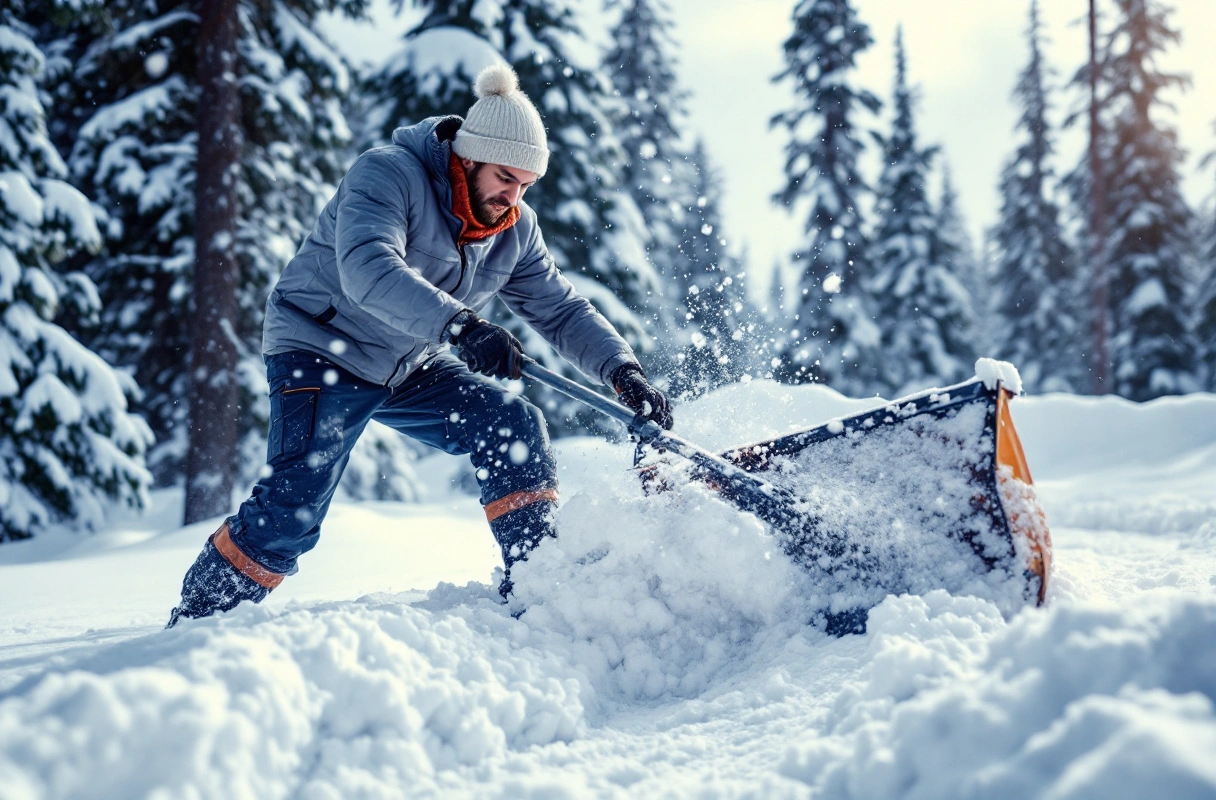
For homeowners who prefer a hands-on approach to snow removal, understanding effective techniques is essential. Here are ten valuable tips to keep your property safe and accessible during winter.
1. Plan Ahead
Preparation is key to effective snow management. Before winter arrives, outline a snow removal plan that includes:
- Designating areas for snow storage
- Understanding your local snow removal regulations
- Ensuring you have the necessary tools and supplies
2. Invest in Quality Equipment
Having the right tools can make a significant difference in your snow removal efforts. Consider investing in:
- A reliable snow shovel with a sturdy handle
- A snow blower for larger areas
- Ice melt products that are safe for your landscaping
3. Clear Snow Regularly
Don’t wait for snow accumulation to become overwhelming. Clear snow frequently to prevent it from compacting and turning into ice. It’s advisable to:
- Remove snow immediately after a snowfall
- Shovel small amounts throughout the day if snow is ongoing
4. Use Proper Techniques
When shoveling snow, use proper techniques to avoid injury. This includes:
- Lifting with your legs, not your back
- Keeping your body aligned with the shovel
- Taking breaks to avoid fatigue
5. Treat Surfaces with De-Icing Agents
Applying de-icing agents can prevent ice from forming and ensure safe surfaces. Use these products wisely:
- Apply them before a predicted freeze to prevent ice formation
- Choose eco-friendly options to protect your plants and pets
6. Maintain Your Equipment
Ensure your snow removal tools are in good working condition. Regular maintenance includes:
- Checking and sharpening shovel edges
- Servicing snow blowers at the beginning of the season
- Stocking up on de-icing materials before winter
7. Be Mindful of Your Surroundings
When clearing snow, be aware of your surroundings to avoid damaging plants, fences, or other structures. Consider:
- Creating designated snow piles away from delicate landscaping
- Not directing snow onto public sidewalks or streets
8. Monitor Weather Conditions
Keeping an eye on the weather forecast can help you prepare for incoming snow. Use reliable weather apps or websites to:
- Stay informed about snow accumulation predictions
- Adjust your snow removal plans accordingly
9. Consider Hiring Help
If snow removal becomes too overwhelming, consider hiring professional snow and ice management services in Anchorage. This can be especially beneficial during heavy snow events when additional help is needed.
10. Educate Family Members
Involving family members in snow removal can help distribute the workload. Teach them proper snow shoveling techniques and safety practices to ensure everyone is prepared.
Common Misconceptions About Snow and Ice Management
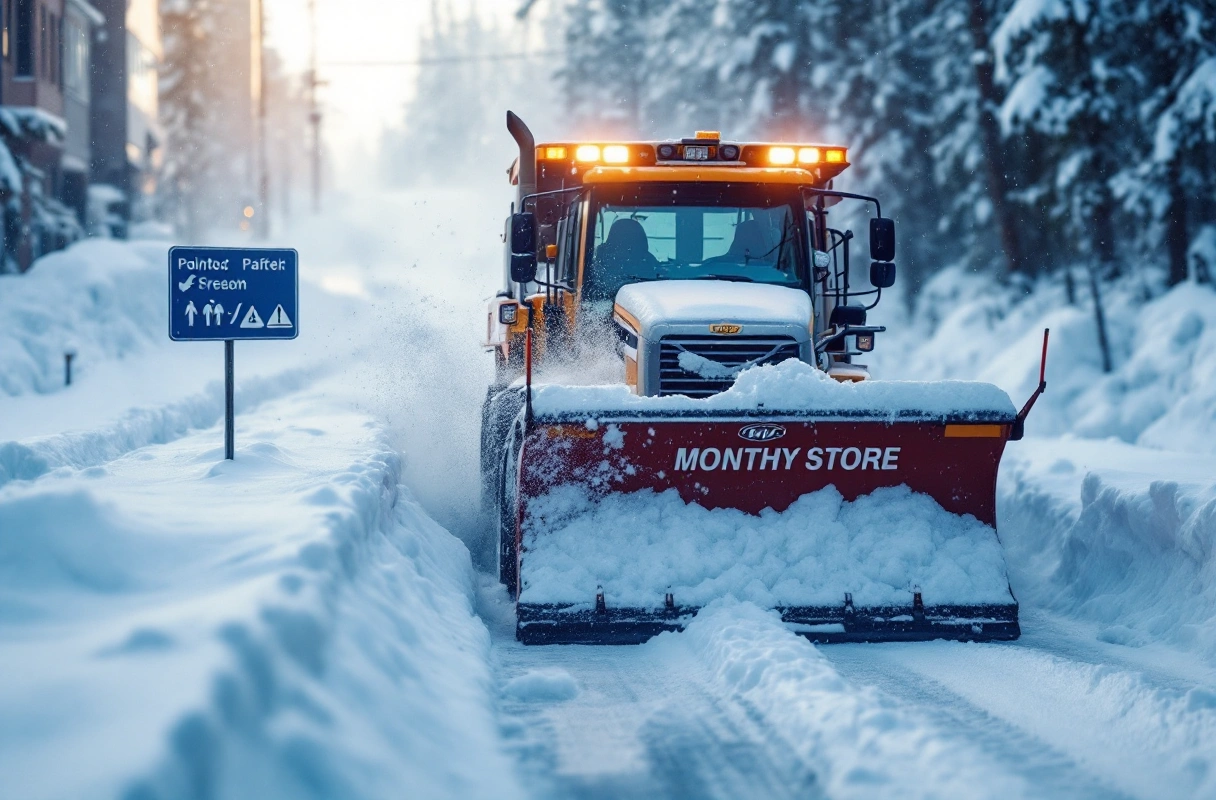
Despite the importance of snow and ice management services in Anchorage, several misconceptions persist. Addressing these can help homeowners make more informed decisions.
Misconception 1: Snow Removal is Only Necessary After Heavy Snowfall
Many homeowners believe that snow removal is only necessary after significant snowfall. In reality, even light snow can quickly become compacted and icy, making it hazardous. Regular maintenance is essential to prevent dangerous conditions.
Misconception 2: De-Icing Products are Harmful to the Environment
While some de-icing products can be harmful, many eco-friendly options are available. Homeowners should research and choose products that minimize environmental impact while effectively managing ice.
Misconception 3: Snow Removal is a One-Time Task
Snow removal is an ongoing task throughout the winter months. Homeowners should be prepared for multiple snow events and consistently maintain their properties to ensure safety.
The Role of Titan in Snow and Ice Management Services
Titan is dedicated to providing reliable snow and ice management services in Anchorage. Our team understands the unique challenges posed by the local climate and is equipped to handle all aspects of snow removal, ensuring the safety of your property and its occupants.
Why Choose Titan?
- Experienced Professionals: Our team is trained to handle a variety of snow and ice conditions, ensuring prompt and effective service.
- Comprehensive Services: We offer a range of services, including snow plowing, shoveling, salting, and emergency response, tailored to meet your specific needs.
- Customer-Centric Approach: Titan prioritizes customer satisfaction, working closely with homeowners to ensure their unique requirements are met.
Ensuring a Safe Winter in Anchorage
With the right approach to snow and ice management, homeowners in Anchorage can ensure their properties remain safe and accessible throughout winter. By understanding the importance of professional services and implementing effective snow removal strategies, residents can protect themselves and their families from winter hazards.
Titan is committed to supporting Anchorage homeowners with top-notch snow and ice management services. If you are looking for reliable solutions to keep your property safe this winter, visit our website or contact us for more information. Our team is ready to assist with your snow removal needs, ensuring peace of mind during the snowy months ahead.

